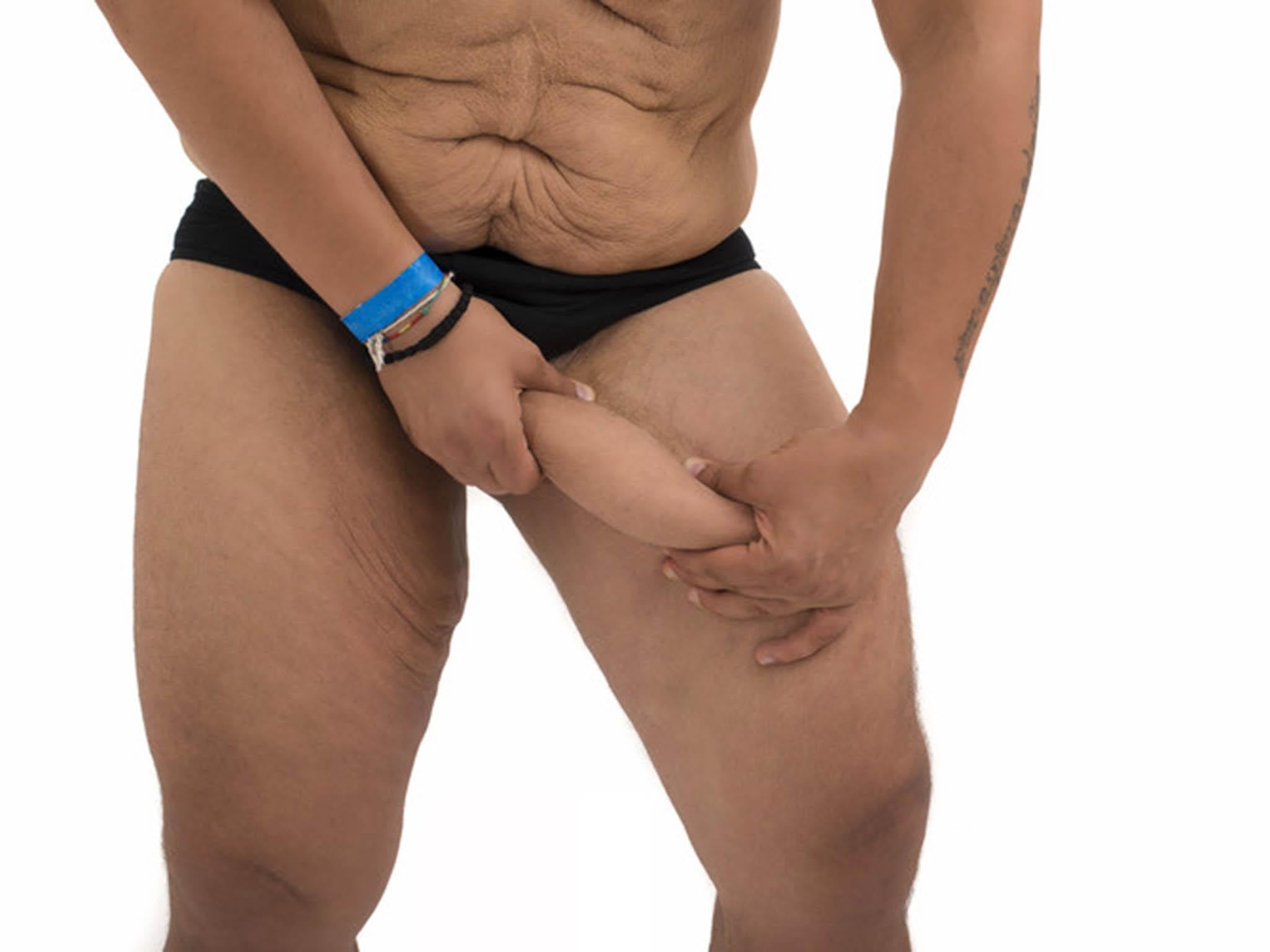The changing face of male cosmetic surgery
As the number of men undergoing cosmetic surgery increases dramatically, Jim Frame calls for surgeons to be prepared for the complications the procedures can bring

Support truly
independent journalism
Our mission is to deliver unbiased, fact-based reporting that holds power to account and exposes the truth.
Whether $5 or $50, every contribution counts.
Support us to deliver journalism without an agenda.

Louise Thomas
Editor
The number of men choosing to go under the knife has risen by over 110 per cent since 2000, with a report from the British Association of Aesthetic Plastic Surgeons (Baaps) indicating that 4,614 men underwent cosmetic surgery in 2015. And that’s just an estimate. The true number will no doubt be much higher, given that many more men are operated on than are recorded by Baaps. The professional society represents only a small proportion of the total cosmetic surgery carried out in the UK.
The male cosmetic procedure that has seen the largest increase, according to Baaps, is breast reduction surgery. This operation was recently dramatically improved by surgeon Paul Levick, who devised a way of removing breast tissue through tiny wounds in the armpits, that heal with virtually no scar. Before this innovation, surgery would leave an obvious scar on the chest and often some deformity.
Another popular procedure in men is the nose job or rhinoplasty. Although it is relatively straightforward for women, the operation is more difficult and unpredictable on men because their noses have thicker and more oily skin.
Other nose procedures, such as reducing the lump on the bridge of the nose (hump reduction), or breaking bones in the nose to make it narrower (infracture) are more straightforward procedures. But both become more complex if they are performed using open rhinoplasty techniques. Unfortunately, male rhinoplasty is often associated with body dysmorphic disorder, which needs to be ruled out before surgery is performed.
Old to new
Another widely known procedure, the facelift, is becoming less popular with men as it leaves scars. More fail-safe alternatives include eyelid surgery (blepharoplasty), which gives one of the best outcomes in all of male aesthetic surgery and is also a safe, one-off procedure. During blepharoplasty, skin is removed from the upper eyelid and fat is trimmed off before closing the incision with a single stitch. Over time, the scars are barely visible.
Among ageing men, blepharoplasty is the most common procedure, as well as removing the turkey neck (loose skin under the chin). Since a conventional face and neck lift rarely gets rid of a turkey neck, simply tightening and removing excess skin from the neck is often the best solution.

A reduction of cheek fat, which may cause sallowness, is another cause for dissatisfaction in older men. Fat grafting – taking fat from one part of the body and putting it in another – can help cheeks regain their plumpness. However, this procedure is not consistently successful so the process may need to be repeated.
Looking ahead, the current obesity epidemic means that the surgery of the future will be in patients who have lost a significant amount of weight. The excess skin in the lower abdomen, groin, arms, chest and inner thighs after massive weight loss can cause the person problems, such as fungal sweat rash and sores. With weight loss there is always a loss of buttock bulk, and implants or fat grafts can be useful for helping people hold up their trousers at the belt line.
Given the increase in surgery, it is important for regulators to determine appropriate levels of professional qualification and standards of care offered to patients. Male cosmetic surgery is a difficult and changing landscape, and surgeons must be capable of dealing with the complicated situations it produces.
This article first appeared on The Conversation (theconversation.com). Jim Frame is professor of aesthetic plastic surgery at Anglia Ruskin University
Join our commenting forum
Join thought-provoking conversations, follow other Independent readers and see their replies
Comments